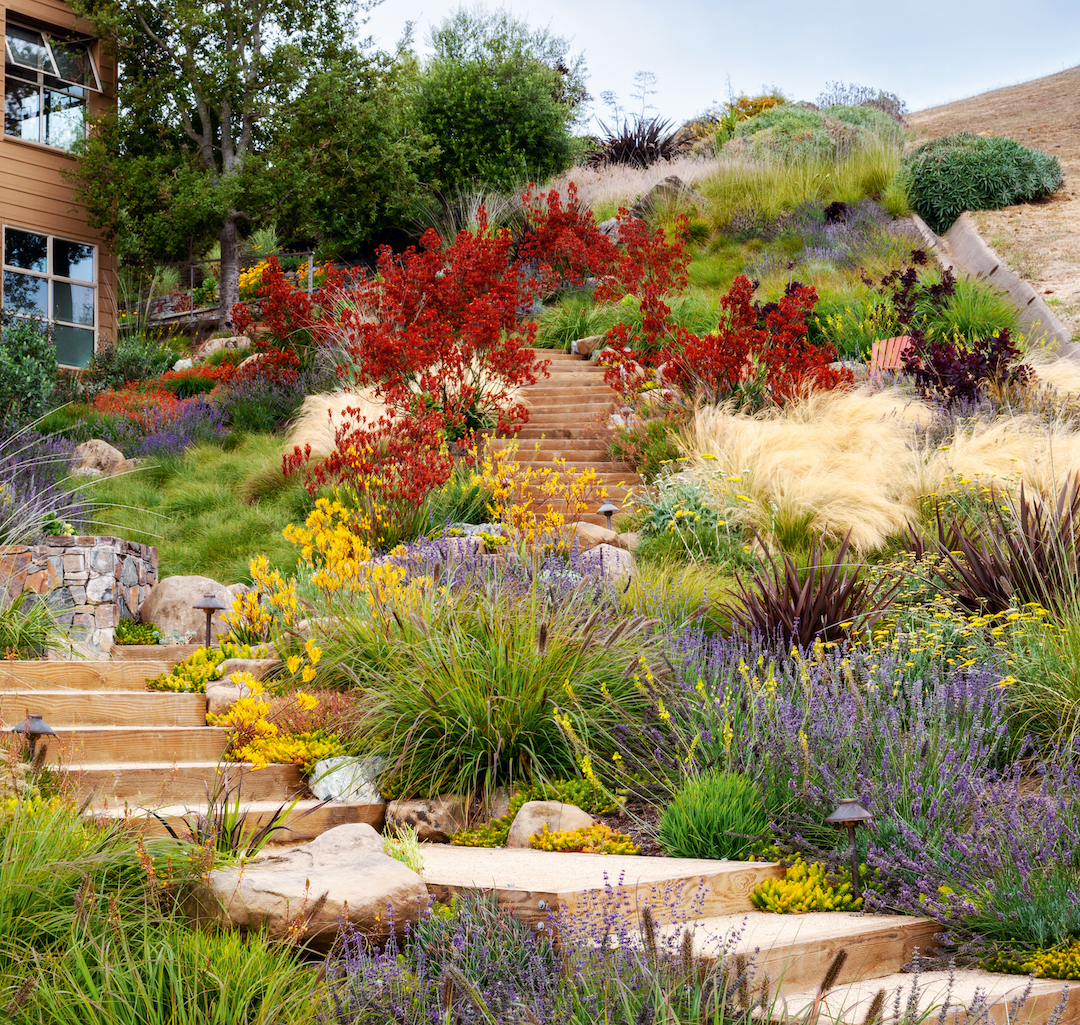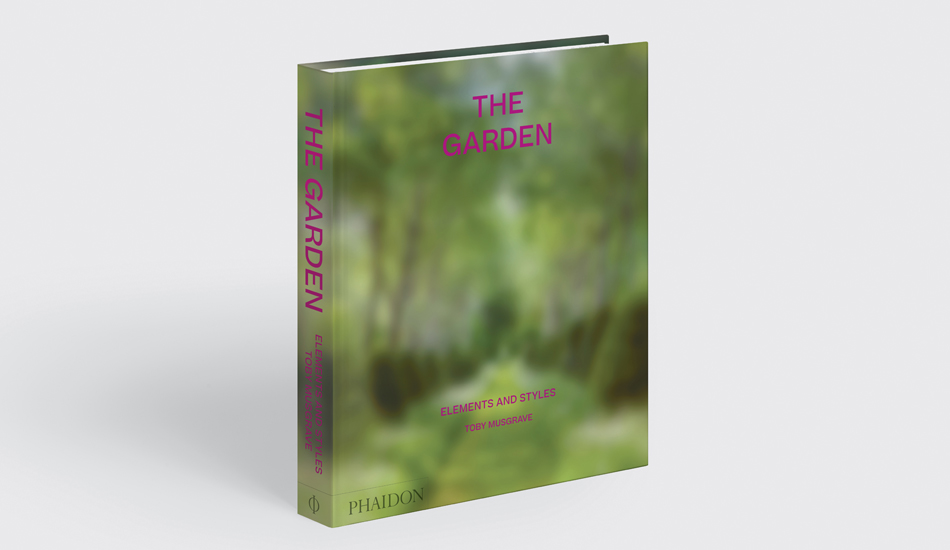
Secrets from The Garden: Droughts don’t mean the end of gardening, but instead the beginning of a whole new style
Global warming is popularising dry, xeriscape gardening, though the style also works in wetter climes
Our new book The Garden: Elements and Styles is the ultimate guide to garden design, from the most ancient traditions to the most up-to-date styles and trends. Within these pages, the scholar, horticultural authority and author, Toby Musgrove offers a truly definitive view of how we shape our natural world. Read this book and you’ll discover, for instance, that a direct line of influence can be drawn between the idealized seventeenth-century landscape paintings of Claude Lorrain, Nicolas Poussin and Salvator Rosa and the picturesque English landscape gardens of the eminent landscape architect William Kent; or that the earliest Japanese depiction of bonsai trees is the famous, illustrated Saigyo Monogatari Emaki scroll, which dates from 1195.
There are plenty of newer developments in the book however, such as the xeriscape, a type of garden which takes its name from the Greek word for ‘dry’, which “reduces or eliminates the need for supplementary irrigation or watering,” writes Musgrove. “The term was coined in Colorado in 1981, which may explain the popular misconception that a xeriscape is a garden dominated by expanses of gravel and planted solely with cacti. While the fundamental aim of a xeriscape is water conservation, and xeriscape gardening certainly makes use of drought tolerant plants whose natural requirements are in harmony with the local climate and rainfall, the choice is not restricted to natives – the plant palette is both considerable and diverse.
“With one manifestation of climate change being increasingly long and severe droughts, the xeriscape is rapidly gaining popularity in southern and western North America, South Africa, Australia and southern Spain,” the author goes on. “In addition to the selection of suitable plants, xeriscape design advocates limiting or doing away with areas of grass (very thirsty) and using techniques to reduce water loss by evaporation or runoff, in particular the application of mulches (most commonly stone aggregates).
“As well as a thriving garden, a well-designed xeriscape enjoys reduced maintenance and costs. The xeriscape is specific to arid areas, but a derivative, the dry garden, is a planting style used in regions of higher rainfall (for example, temperate or Mediterranean climates), for which the gardener proactively selects drought-tolerant plants, adopts the principles of xeriscape gardening and implements a no-watering policy.”

Indeed, this particular style actually thrives in a nation known for its rain, rather than its dry spells. “One of the finest examples of a dry garden is the thoughtfully designed and planted, attractive and varied Gravel Garden created by Beth Chatto at her garden in Essex, England,” Musgrove concludes.
To see further examples of xeriscapes as well as much, much more order a copy of The Garden: Elements and Styles here.